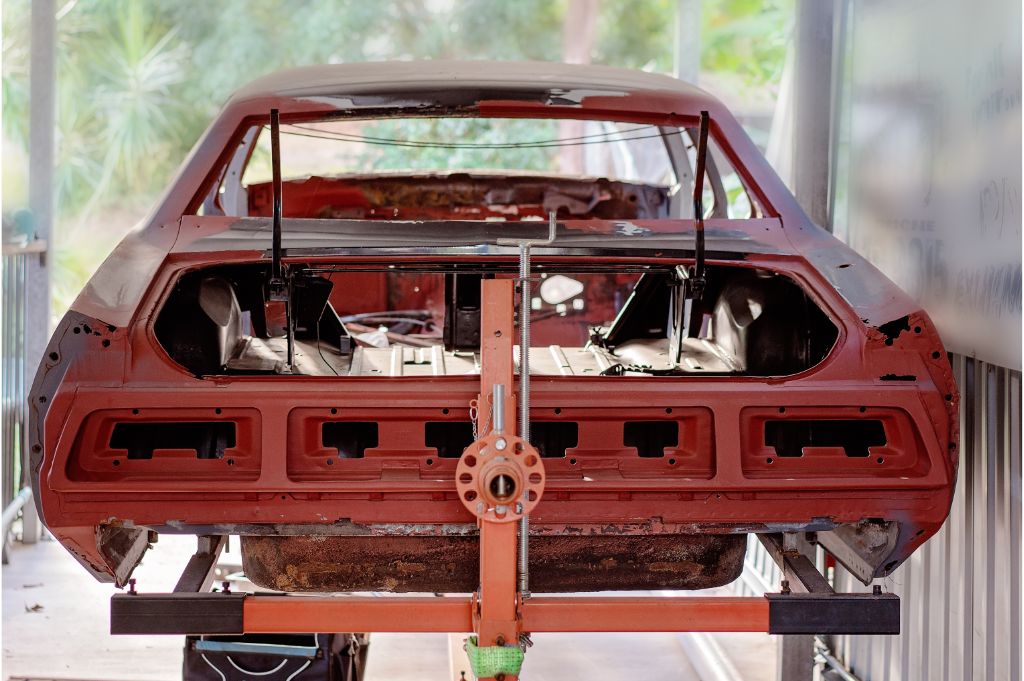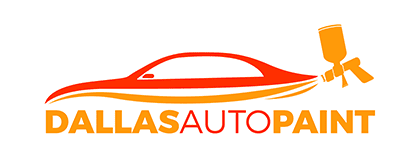Table of Contents
Toggle
Advanced Frame Repair – Dallas Auto Paint
No matter the size of the job, performing advanced frame repair can be a daunting task. But with the right set of tools and a little bit of knowledge, you can tackle this challenge with confidence and get perfect results every time. In this article, we’ll walk you through the step-by-step process of mastering advanced frame repair, so you can get it right every single time.
Mastering Advanced Frame Repair
If you’re like most people, the thought of attempting an advanced frame repair can be daunting. But don’t worry! With this step-by-step guide, you’ll be able to confidently tackle any advanced frame repair project, and achieve perfect results every time.
In this guide, we’ll cover everything you need to know about mastering advanced frame repair, including:
- The different types of damage that can occur to frames
- How to assess the severity of damage and decide whether a repair is possible
- The different methods and techniques that can be used for advanced frame repair
- Tips and tricks for getting the best results from your repairs
So let’s get started!
Tools and Materials Needed for Advanced Frame Repair
When it comes to mastering advanced frame repair, you will need a few specialized tools and materials in order to achieve the best results. Here’s a compilation of the items you’ll require.
- A heat gun – this is used to soften the paint and decals so that they can be removed without damaging the underlying surface.
- A pry bar – this is used to gently remove the old frame components from the surface.
- A hammer – this is used to pound out any dents or unevenness in the surface before applying the new frame components.
- A drill – this is used to make holes for the new frame components.
- Frame screws – these are used to secure the new frame components into place.
- Frame washers – these are used to provide a smooth, level surface for the new frame components.
- A level – this is used to ensure that the new frame components are installed level and symmetrical.
Safety Precautions for Advanced Frame Repair
When performing advanced frame repair, always take the necessary safety precautions to avoid injury or damage. Always wear protective gear, such as gloves, glasses, and a dust mask, when working with power tools or chemicals. Make sure to work in a well-ventilated area.
Before beginning any repair work, always inspect the frame for any damage or wear. If there are any cracks or breaks, do not attempt to repair the frame yourself; instead, take it to a professional for proper repairs.
When welding or soldering, always use caution and follow the manufacturer’s instructions carefully. Never weld or solder near flammable materials, such as gasoline or oil. Make sure to keep a fire extinguisher readily available for any emergency situations that may arise.
When using power tools, always read the manufacturer’s instructions carefully and follow all safety precautions. Wear appropriate safety gear, such as earplugs or noise-canceling headphones if working in a loud environment.Do not use power tools if you are intoxicated by drugs or alcohol.
Preparing the Area for Frame Repair
Preparing the area for frame repair is critical to the success of the project. If the area is not properly prepared, the frame may not be able to be repaired correctly. Here are some tips on how to prepare the area for frame repair:
- Clear away any debris from the area that will be repaired. This includes removing any nails or screws that may be sticking out, as well as any loose pieces of wood.
- Use a measuring tape to determine the size of the area that needs to be repaired. Make sure to mark off the exact measurements so you know where to cut the new piece of wood.
- Cut a piece of wood that is slightly larger than the area that needs to be repaired. This will give you some wiggle room when it comes time to attach the new piece of wood.
- Use sandpaper to smooth out any rough edges on the piece of wood that will be used for repair. This will help create a seamless repair job.
Techniques for Successful Advanced Frame Repairs
1. Use a high-quality frame repair kit. This will ensure that you have all the necessary tools and materials to complete the job correctly.
2. Follow the instructions that come with your kit carefully. This will help you avoid making any mistakes that could ruin your results.
3. Practice on scrap pieces of wood or metal before starting on your project piece. This will help you get a feel for the repair process and ensure that you know what you’re doing before working on your final project piece.
4. Take your time and be careful with each step of the repair process. rushing through the steps can lead to mistakes, which will show in the final results.
5. Inspect your work carefully after completing each step of the repair process. This will help you catch any mistakes so that you can correct them before moving on to the next step.
6. Allow plenty of time for the repair adhesive to cure completely before moving on to the next step in the repair process. Failure to do this could result in poor results or even damage your project piece.
7. Pay attention to the details during the repair process. Even small details, such as filling in gaps or sanding down rough edges, can make a big difference in the final results.
Troubleshooting Common Issues in Frame Repairs
One of the most common issues when repairing frames is misalignment. This can happen for a number of reasons but is usually caused by either poor measuring or incorrect jigging. To avoid this, take extra care to measure the frame correctly before you start any work. If you’re using a jig, ensure it’s correctly aligned with the frame.
Another common issue is cracking or chipping paint. This can be caused by using the wrong type of glue, using too much force when clamping, or leaving the clamps on for too long. To avoid this, use good quality wood glue and be careful not to over-tighten the clamps. Remove them as soon as the glue has set.
If you’re having trouble getting a tight fit when joining pieces of wood, it’s usually because the surface isn’t flat enough. Use a hand plane or sandpaper to flatten the surface before you try to join it again. If that doesn’t work, try using a different type of joint (such as dowels or biscuits) instead of just relying on glue and nails.
Finally, don’t forget to finish the repair properly by sanding and repainting the area. This will help protect your repair and make it blend in with the rest of the frame.
Conclusion: Advanced Frame Repair
Mastering advanced frame repair can seem like a daunting task, but if you follow the steps outlined in this guide, it doesn’t have to be. With patience and practice, anyone can become an expert at frame repair. From choosing the right materials to creating the perfect finish, each step is essential for achieving perfect results every time. Keep these tips in mind when tackling any future repairs or restoration projects; with some hard work and dedication, you’ll be a master of frame repair before you know it!
Ask questions!
Like all services, make sure you have a full understanding of what the service will consist of. Ask what kind of paint will be used, ask about the process, and ask about the amount of time the service will take. The more questions you ask, the more confident you will feel about the overall job.
Dallas Auto Paint is a reliable choice for your automotive bodywork needs! The combined experience of our staff in automotive work spans more than 25 years. We’ll explain the painting process and we’ll field any questions that you might have. Please take a look through our website—www.dallasautopaint.com—and our blog for additional helpful input. Reach out to Dallas Auto Paint by dialing (469) 789-2474 for all your vehicle requirements!

